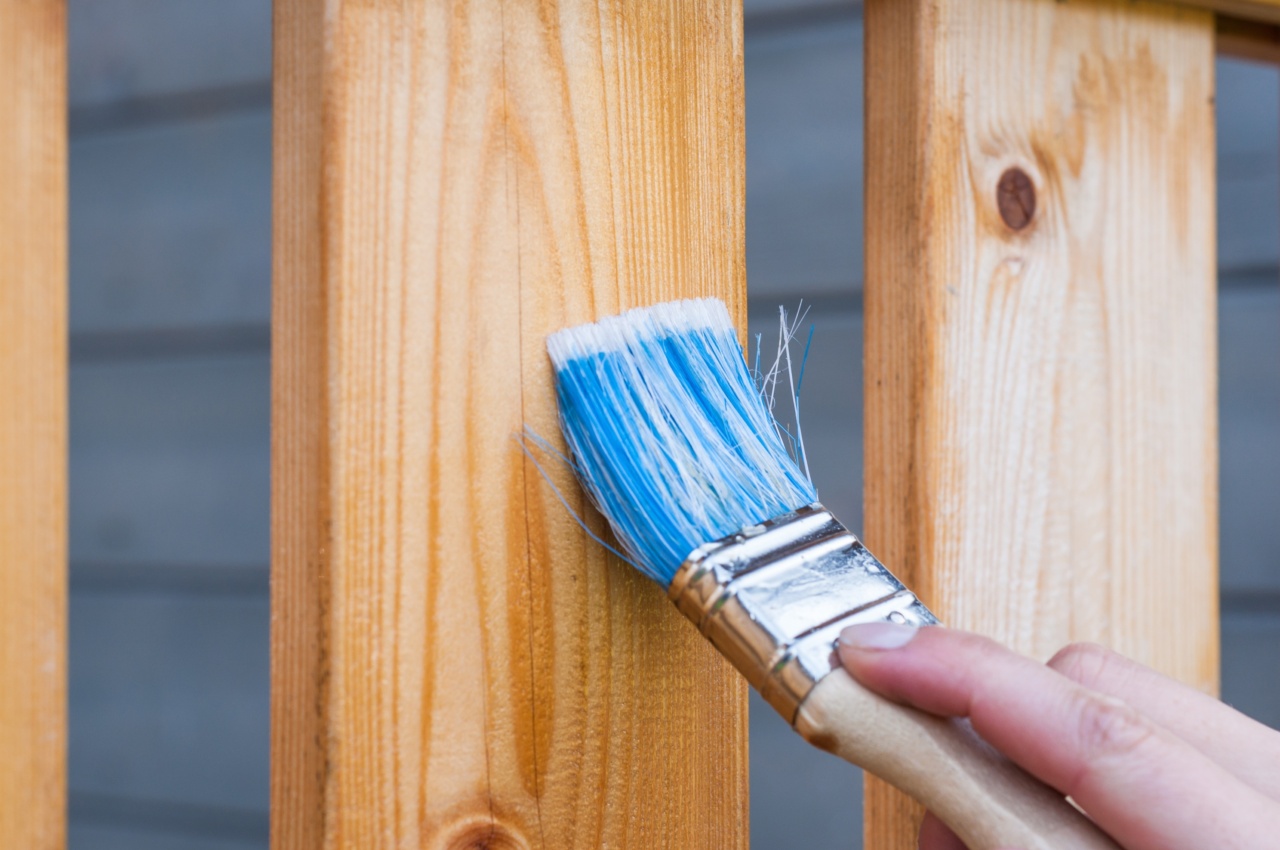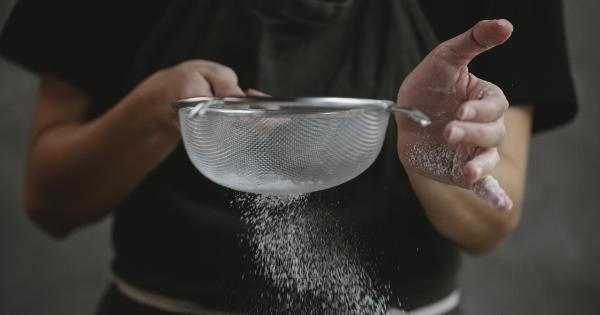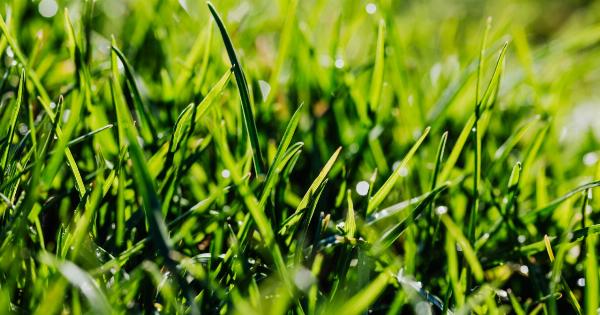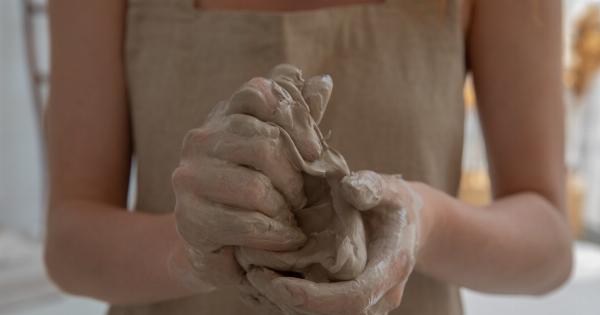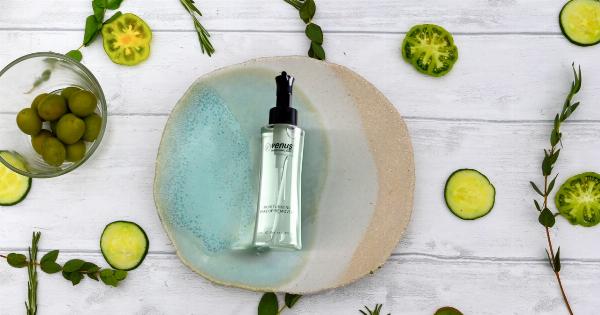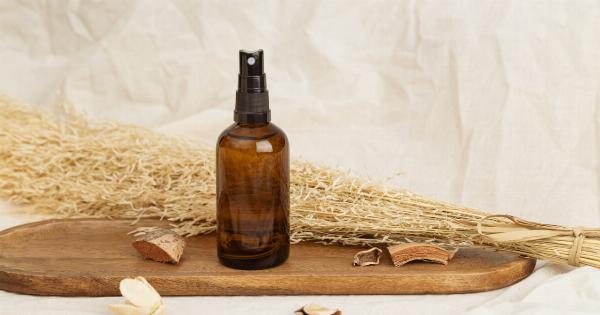Deodorants, a daily essential for every individual, come in different varieties and fragrances in the market. However, many commercial deodorants contain chemicals that are hazardous to our body.
Chemicals such as aluminum, triclosan, and parabens found in many deodorants can cause skin irritation, hormonal imbalance, and even cancer. By switching to a natural deodorant made with household ingredients, you can keep yourself safe from the harmful effects of these chemicals.
Why Make Your Own Deodorant?
Making your own deodorant from household ingredients may seem like an added task to your daily routine, but the benefits are worth it. Below are the reasons why you should make your own deodorant:.
Free from Harmful Chemicals
Most commercial deodorants contain harmful chemicals that can cause skin irritation, allergies, and even cancer. By making your own deodorant, you can avoid using chemicals such as aluminum, parabens, and triclosan.
Cost-Effective
Making your own deodorant can save you money in the long run since you don’t need to keep buying new products. The ingredients used to make natural deodorant are simple and affordable.
Customizable
You can customize your deodorant to your preferred fragrance and consistency. You can also adjust the recipe based on your skin type and needs.
Ingredients for Homemade Deodorant
The ingredients to make your own deodorant are simple and natural. Below are the ingredients:.
Baking Soda
Baking Soda is an essential ingredient in any natural deodorant because it helps neutralize odor-causing bacteria.
Corn Starch
Corn starch is used to thicken the deodorant and absorb moisture, keeping you dry throughout the day.
Coconut Oil
Coconut oil is used as a base and provides a cooling sensation, keeping you refreshed throughout the day.
Essential Oils
Essential oils add fragrance to your deodorant and have antibacterial properties that help fight odor-causing bacteria.
DIY Deodorant Recipe
Follow the recipe below to make your own deodorant:.
: Ingredients
- 1/4 cup baking soda
- 1/4 cup cornstarch
- 5 tbsp coconut oil
- 10-20 drops of your preferred essential oil (such as lavender, tea tree or peppermint)
: Instructions
- In a bowl, mix baking soda and cornstarch until well combined.
- Add soft or melted coconut oil to the mixture and stir well to form a thick paste.
- Add 10-20 drops of your preferred essential oil to the paste and mix until well blended.
- Transfer the mixture to a clean container and store in a cool, dry place.
How to Apply Natural Deodorant
Follow the steps below to apply your natural homemade deodorant:.
- Before applying your deodorant, make sure that your underarms are clean and dry.
- Take a small amount of paste using your fingertips and gently apply it to your underarm area.
- Massage the deodorant paste into your skin until it is absorbed.
Tips for Using Natural Deodorant
Below are the tips you should remember while using natural deodorant:.
Be Patient
Natural deodorant may take some time for your body to adjust to. Be patient and consistent in using it before seeing actual results.
Reapply as Needed
If you feel like you need extra protection, don’t hesitate to reapply your all-natural deodorant throughout the day.
Storage
Since homemade deodorant doesn’t contain any preservatives, it’s best to store it in a cool, dry place to avoid spoilage.
Conclusion
By making your own deodorant from natural and household ingredients, you can avoid harmful chemicals while enjoying their benefits. Natural deodorants not only keep you fresh throughout the day but also aid in keeping your overall health in check.
